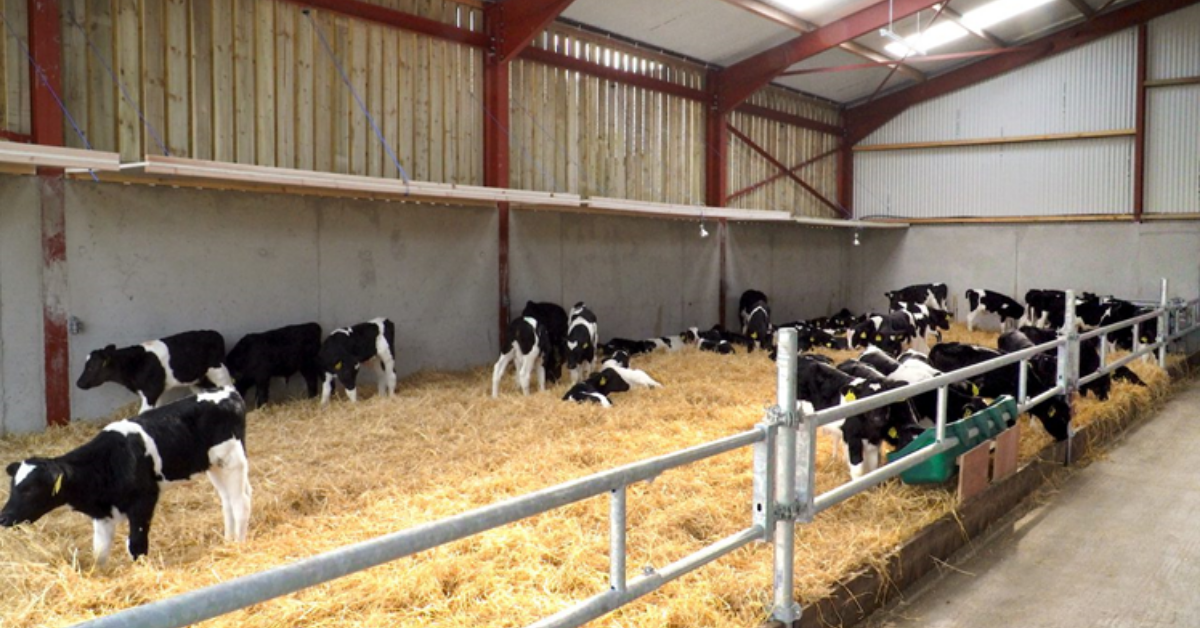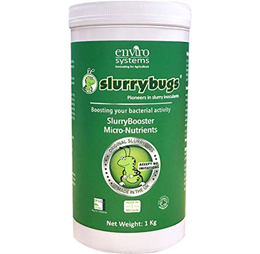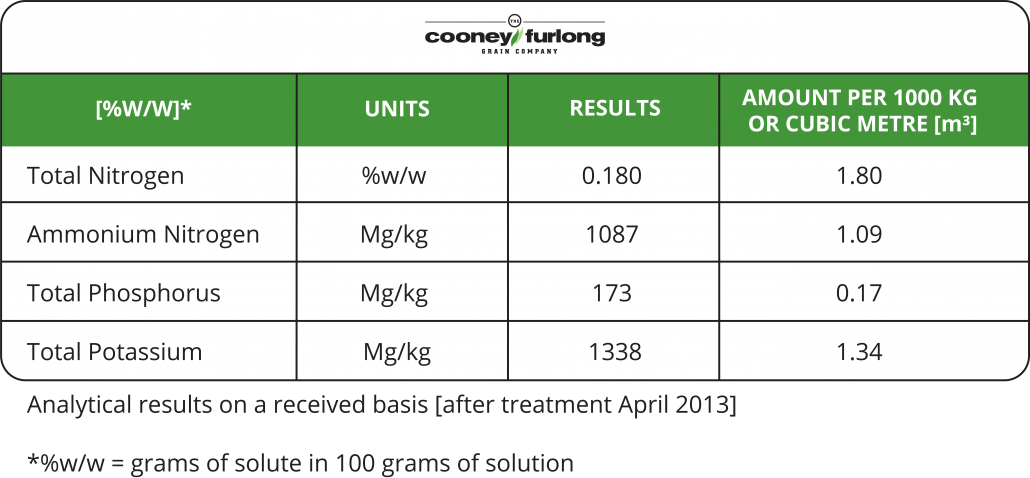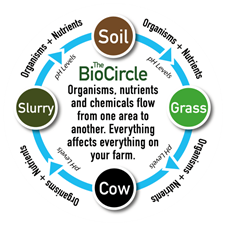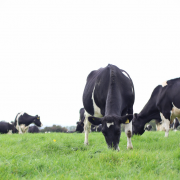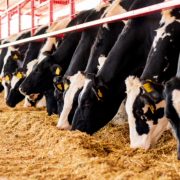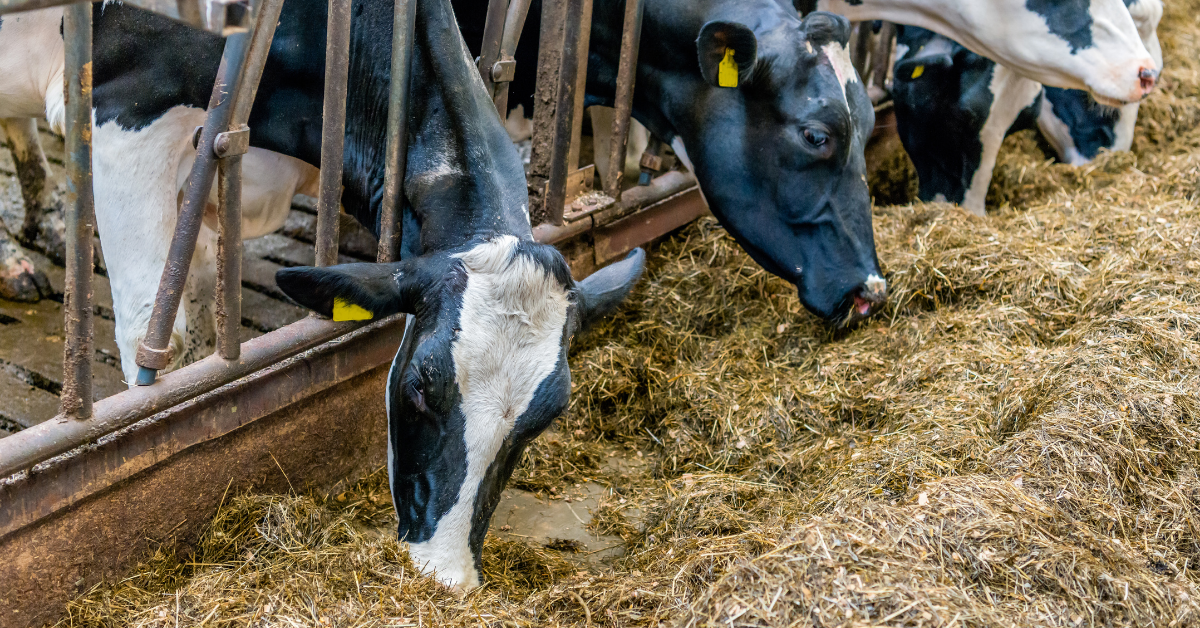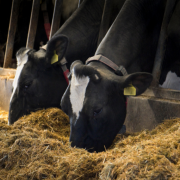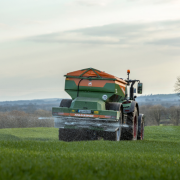Promoting early calf husbandry
Author: John Bass
Calf husbandry and nutrition are very topical at this time of year with many dairy and beef farmers rearing calves by hand on whole milk or milk replacer. Getting calves off to a good start is critical for their development, their feed conversion efficiency and also their subsequent production. Getting dairy heifer calves off to the correct start in life will not only maximise output but will also increase their longevity within the herd.
Colostrum
It is important to follow these simple steps as soon as a calf is born to ensure calf health and thrive:
- It is important to give a newborn calf 3 litres of colostrum within the first 2 hours of life.
- Ensure the first feed is the first milk from the cow after calving.
- Check colostrum quality using a refractometer as quality varies from cow to cow.
- Ensure a calf receives an adequate quantity of quality colostrum as it will provide the required antibodies and immunoglobulins to help boost the calf immune system.
- Bottle feeding is often the best way of ensuring the calf has received an adequate volume.
- If you are storing colostrum in the fridge, ensure a temperature of 4°C. Store it for no longer than 2 days as the level of antibodies declines rapidly thereafter.
- When freezing colostrum, do so in small packs for ease of defrosting. Defrost slowly on a low heat below 50°C so you don’t reduce the number of antibodies.
Milk Replacer Vs Whole Milk
It is advantageous to feed milk replacer after day 2 or 3 as it minimises disease spread when compared to whole milk. Calves require approximately 13% of their bodyweight in feed intake in the first week of life, which should be split between 2-4 feeds per day. In week two, this requirement increases to 15% of their bodyweight equating to about 6 litres per day for a 40 kg calf. Calves at 2-3 weeks of age have the potential to achieve 750-950 grams of live-weight gain per day, with a minimum target of 500 grams. Feed conversion efficiency is almost at 1:1 so the quality of milk fed must be high enough to ensure the daily intake is providing enough energy to meet demand.
Milk powders can vary in quality; skim or whey are more favourable than those based on vegetable proteins as they are more easily digested by calves. Like with whole milk, milk replacers need to be mixed and fed at the correct temperatures (37-39°C) and the correct concentration to ensure adequate nutrient intake. Aim for powders with a minimum of 23% protein and 17% fat and below 0.1% fibre. Mix 125 grams powder with 850mls of water which provides 1 litre of milk replacer. Feed 6 litres of milk per calf per day, this volume can be increased to meet demand if necessary.
Concentrates
It is important to introduce a high-quality ration or nut from day 2-3. Ensure it has a high cereal grain content and is highly palatable with no dust. Initial intakes will be small so keep quantities low and fresh. Early intake of cereal-based feed will rapidly increase the rumen development of the calf and the growth of papillae on the rumen wall, which will increase nutrient uptake capacity of the calf throughout its life. Failing to feed concentrates at an early stage will have drawbacks later in life. Aim to have calves consuming 1kg of concentrates at weaning.
Keep feed fresh and easily accessible in order to increase intakes from an early age. A high-grade nut can be advantageous as it is cleaner with less dust than a coarse ration and less attractive to birds which can bring harmful bacteria and diseases into sheds.
Housing
A fresh straw bed is important for calf comfort and health and it will also encourage fibre intake which will aid rumen development. Ensure calves have adequate feeding and resting space and that pens are well drained and ventilated. Regular cleaning and liming is a must to reduce the risk of any scours or other illnesses. Ensure there is a constant supply of fresh clean drinking water and that feeders and drinkers are at an accessible height for calves also.
A bright well-ventilated shed with no draughts at calf level is essential to avoid calves getting cold. Good ventilation will also ensure enough airflow above calf level to minimise respiratory problems and keep the air fresh.
Further Information
To view more articles from our Spring Newsletter, please click here.
Get In Touch
For the most up to date information on our products and services, please click here or follow us on Facebook and Twitter.




